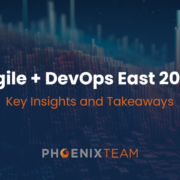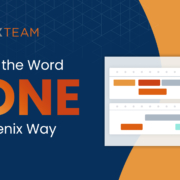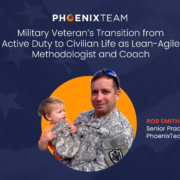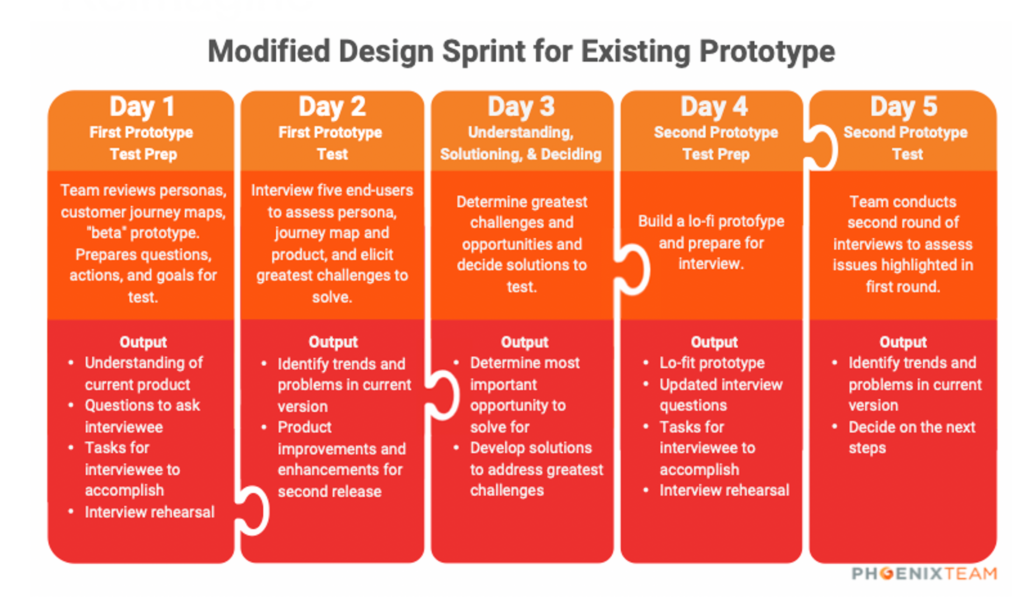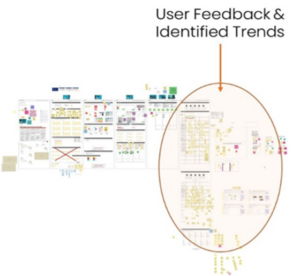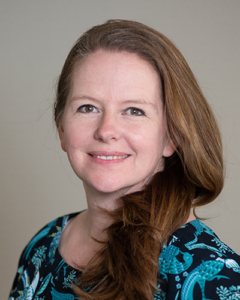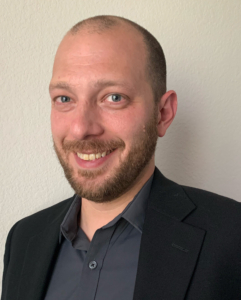The Agile + DevOps East Conference 2023, a TechWell Corp event, was full of innovative ideas, methodologies, and learnings. This annual gathering serves as a melting pot for industry experts, thought leaders, and practitioners, all sharing invaluable experiences, revelations, and strategies essential for navigating the ever-evolving landscape of software development.
Among our PhoenixTeam attendees was Noah Krueger, Senior Practitioner and Senior Software Engineer. Noah attended numerous sessions jam-packed with cutting-edge Agile methodologies, DevOps practices, and the impact of AI on software development.
Let’s dive into his key insights and takeaways from the event ranging from AI, Agile, Leadership and much more:
- A company’s digital transformation is an inevitable journey that must be handled with care and includes planning and discussions around the tools used, how the teams will pivot to accompany the transformation, and flexibility on the price and timeline. Platform engineering is a necessary role in companies that want to produce and support home-grown tools needed to maintain a digital presence and be at the forefront of their industry.
- Healthy leadership requires fostering a team culture of purpose, co-intelligence, and autonomy resulting in a resilient learning community.
- AI has the potential to enhance various aspects of a low-performing engineering team by analyzing metrics, identifying problem areas, generating mockups, and creating better unit tests. It can positively impact deployment frequency, failure likelihood in production, lead times, and recovery time.
- #GenerativeAI will be a crucial tool (not a replacement) for quality assurance teams as it speeds up the ability to create unit tests and other automated scripts. Understanding how to leverage this tool will help differentiate tech workers in the future. Still, we must also be mindful of its biases and make sure we are not blindly trusting the artifacts that it generates.
- Generative AI is a tool that can be used across every aspect of the software development lifecycle, including generating requirements with acceptance criteria and supporting UI mockups, system architecture design, and generating code.
- Large technology organizations that want to scale can easily become hampered by slow team member onboarding, inconsistency in tooling across different teams, high cognitive load demands, and a lack of reusability across the organization. Partnering with a digital modernization partner, like Stackspot, can smooth out these challenges and maintain a high level of productivity and satisfaction amongst technology teams.
- GitHub actions are a feature that many teams are not taking advantage of, even when their code repositories are stored in GitHub. By streamlining and automating most DevOps steps, software teams can eliminate many tedious tasks, go to market faster, focus on product innovation, and implement features that increase customer satisfaction.
- There is a growing fear in the tech industry that AI will replace developers, but this concern conveniently forgets that we have leveraged intelligent tools for decades, such as drag-n-drop components, Integrated Development Environments (IDEs), IntelliSense, and many more. The trend has been that the tools are getting better, but more is needed to offset the growing responsibilities of developers. Generative AI will simply become another tool that lifts the tedious tasks off the team’s shoulders, allowing them to focus on the more innovative and challenging work.
- Estimating is a common task in software development that usually relies on our past to guess the future but has two major issues: our biases and the tendency to rely on averages. Instead of relying on averages, using the data from start and end times, one should be able to provide ranges and probabilities about when projects will be completed.
Our team’s engagement in this event showcases our dedication to our clients. We remain at the forefront of innovation and agile methodologies, leveraging transformative technologies to elevate our software development practices. These takeaways will be inputs to PhoenixTeam’s strategies and culture of continuous learning, adaptability, and empathy. As tech continues to rapidly advance and new exciting opportunities come our way, we will adapt accordingly, responsibly and transparently.
Follow PhoenixTeam on LinkedIn for the latest news and updates.
Sessions Attended: Lead Without Blame – Building Resilient Learning Teams ◆ Digital Transformation Pitfalls, and How Cloud Development Environment Platforms Can Change Everything ◆ How AI is Shaping High Performance DevOps Teams ◆ The Potential of AI & Automated Testing: Conquer Test Script Challenges with AI ◆ AI-Powered Agile + DevOps: The Future Starts Now ◆ Case-Study – IT Delivery up to 70% faster ◆ Coding at the Speed of Business: Impacts of Modernizing and Scaling the Developer Experience in a Large Bank ◆ Automating Repetitive Tasks with GitHub Actions ◆ AI and the Future of Coding ◆ Chasing Predictability with AI: The Model of You Outperforms You

